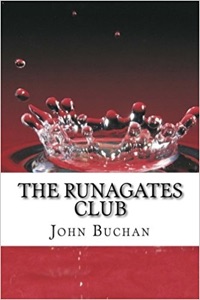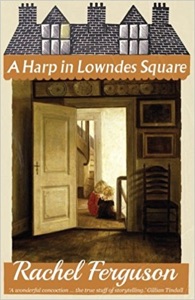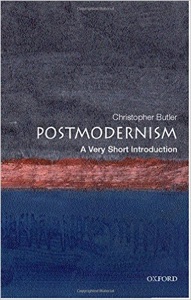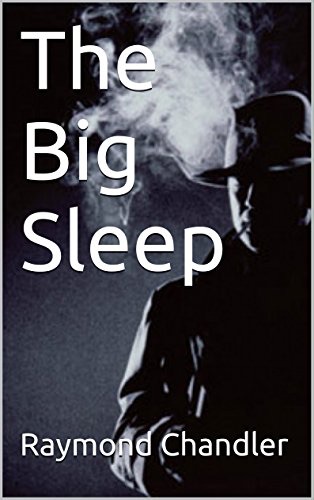by Allegra Goodman
Collin, who grew up in Cambridge and dropped out of art school, is waiting tables at Grendel’s Den. At one of his tables sits Nina, who grew up in a better part of Cambridge and who is now doing her best to teach high school English Literature. Collin draws a fast portrait of Nina on his dup pad. They fall in love. It turns out that Nina’s father and uncle run an immensely successful game studio that can always use a great new artist.
Aidan is nominally in Nina’s class, but he spends all his time playing the wonderful new beta of EverWhen, called UnderWorld. In EverWhen, he’s a powerful water elf and he doesn’t have to memorize Emily Dickinson. His twin sister Dianna wishes people would stop looking at her all the time, and also misses her brother. Their Mom, a nurse, thinks it’s basically an addiction. And then there’s the mysterious Daphne, the secret EverWhen marketing guru who is infinitely lovable and who recruits teenage boys to graffiti their school with the tag CU, alluding to the launch slogan: UnderWorld: See You In Hell.
Goodman, whose Intuition is the best description I know of what research is actually like, captures the dream of gaming perfectly here, the sense that there’s a second world where things matter differently.
She was a Tree Elf named Riyah. He was a Water Elf, Tildor. They came from different realms, but for the past three nights they’d qwested, traded and killed together. They had hunted basilisks, slain dragons, and retrieved two diamonds, which Riyah carried in the bag hanging at her waist. She was an amazing marksman, and beautiful, even for an Elf, her eyes huge, her body supple. Her breasts swayed as she ran, her quiver bouncing behind her.
All this gets interrupted when his mother demands, “Do you know what time it is? Do you even know what day it is? Aidan? Look at me when I’m talking to you!” This is a fascinating book about representation, and also a ton of fun.







